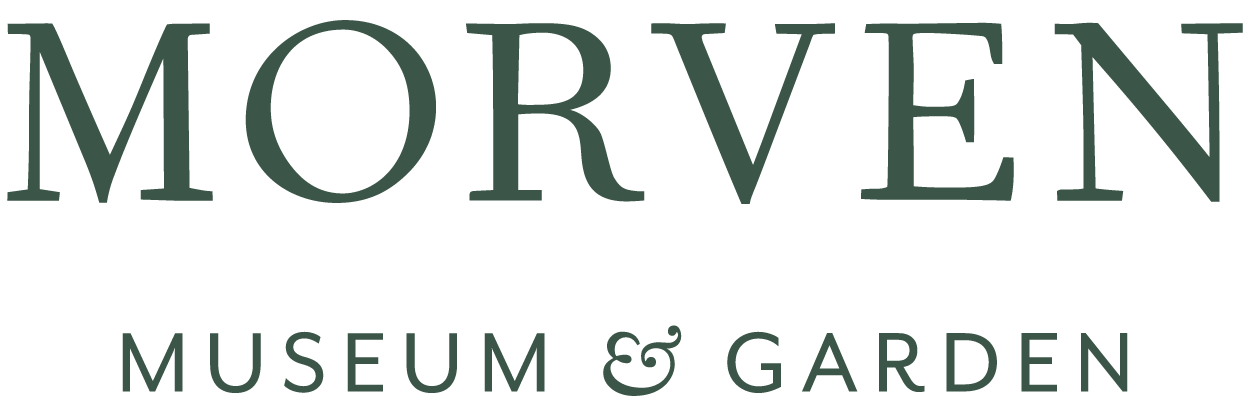Image Credit: Windy Night, Newark, 1917. Stuart Davis (1892 - 1964). Private Collection. © Christie’s
Newark and the Culture of Art: 1900–1960
June 16, 2017—January 28, 2018
“And if art means anything at all, it means so much that we must have it in everything from the cup to the saucer to the skyscraper.”
—John Cotton Dana
Sponsors
Achelis and Bodman Foundation, Pheasant Hill Foundation, Liza & Schuyler Morehouse, and the Kalkin Family Foundation
Image Credit (thumbnail): Ships, Piers and Smoke, 1941, John R. Grabach (1886 - 1981)
Newark and the Culture of Art: 1900-1960
Fully illustrated exhibition catalogue (63 pages) of Morven’s exhibition Newark and the Culture of Art: 1900-1960 which explores the unique combination of art and industry that made Newark, New Jersey a magnet for modern artists in the early twentieth century.
Exploring the unique combination of art and industry that made Newark, New Jersey a magnet for modern artists in the early twentieth century, Morven’s exhibition celebrates the culture of creativity that flourished alongside John Cotton Dana’s Newark Museum. A museum director with powerfully democratic ideas, Dana sought to educate by presenting examples of superior design to the greatest number of people, particularly the city’s immigrant and working-class population; making art a vital part of Newark’s culture and society.
The Newark Museum was the earliest institution to give sustained support to the expression of modernism in America through its exhibitions –including debut museum shows dedicated to the work of artists such as Max Weber and Stuart Davis. At the same time, the popularity of Newark’s Evening Drawing School, first founded in 1882, encouraged its expansion into a full-time day school known as the Fawcett School, and later into The Newark School of Fine and Industrial Art. This free and city-run vocational art school had an impressive faculty, including the artist Ida Wells Stroud — a one-time student of Arthur Wesley Dow — who taught students in design and watercolor. Stroud’s work, as well as that of her students’, is part of the exhibition.
By the 1930s, a group of talented Newark-based artists had developed their own forms of Realism. Works by Bernard Gussow, Adolf Konrad, Henry Gasser, Rudolph Voelcker and John Grabach will demonstrate Newark’s ongoing contribution to the American art scene. The exhibition celebrates this forward-thinking New Jersey city that many artists called home, as they empowered Newark citizens to view, learn, and appreciate American art.
The show features over 40 loans from public and private collections across the country and includes paintings, textiles, ceramics, and sculpture. A fully illustrated catalogue accompanies the exhibition.


